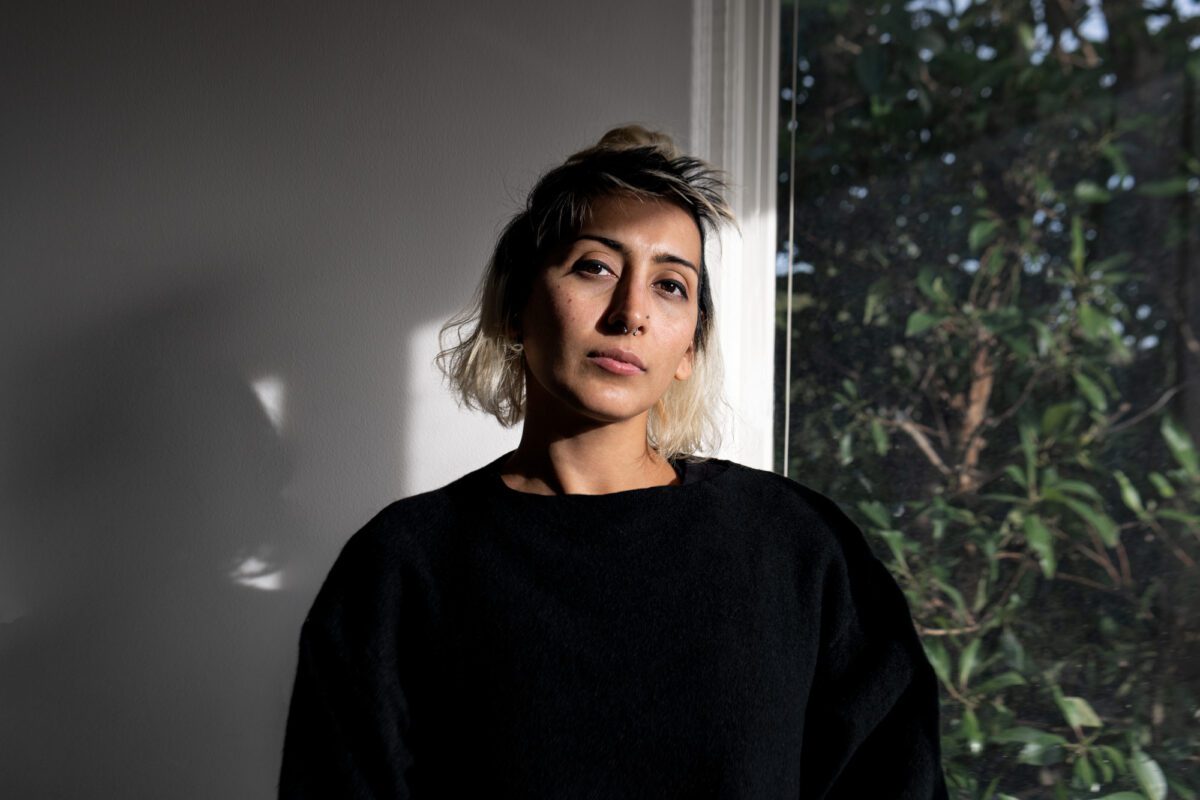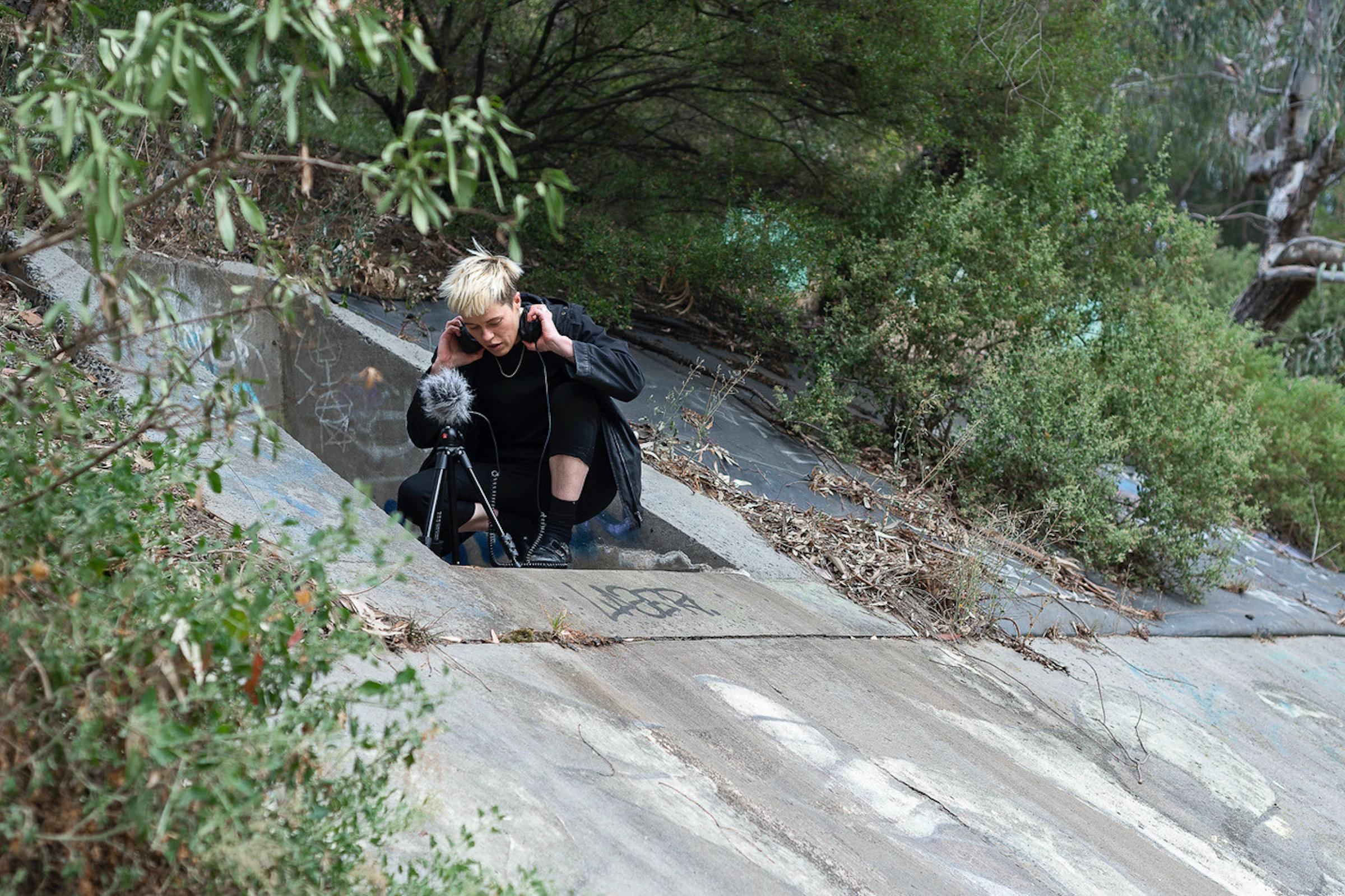(Introduction): (Un)Earthed is a hybrid, reflective, and speculative piece created by Luna Mrozik Gawler in response to Burial, a performance installation and live improvised audio-visual exchange created by Devika Bilimoria and Amias Hanley. The artists state, ‘Burial explored the opacities and densities of speculative underworlds using macro image-making techniques and discarded objects, to conjure the decomposition, movement, and compression of earthly substances.’ In response, (Un)earthed weaves these themes centering one of the developmental threads of the work, a curiosity about communication over extended durations, as mediated by the undulations and changes of geologic realms. This reflective work considers the translations between time and earth, weaving threads from the present alongside a possible future and its speculative pictographic language. This experimental frame offers a portal into a distant future, where unknown beings attempt translations of the ancient artefacts made both in the present of 02023 and in the human futures still to come. It highlights the unceasing evolution of earthly life and language, the ephemerality of meaning between epochs, burial as an act of future-making, and intergenerational entanglement.
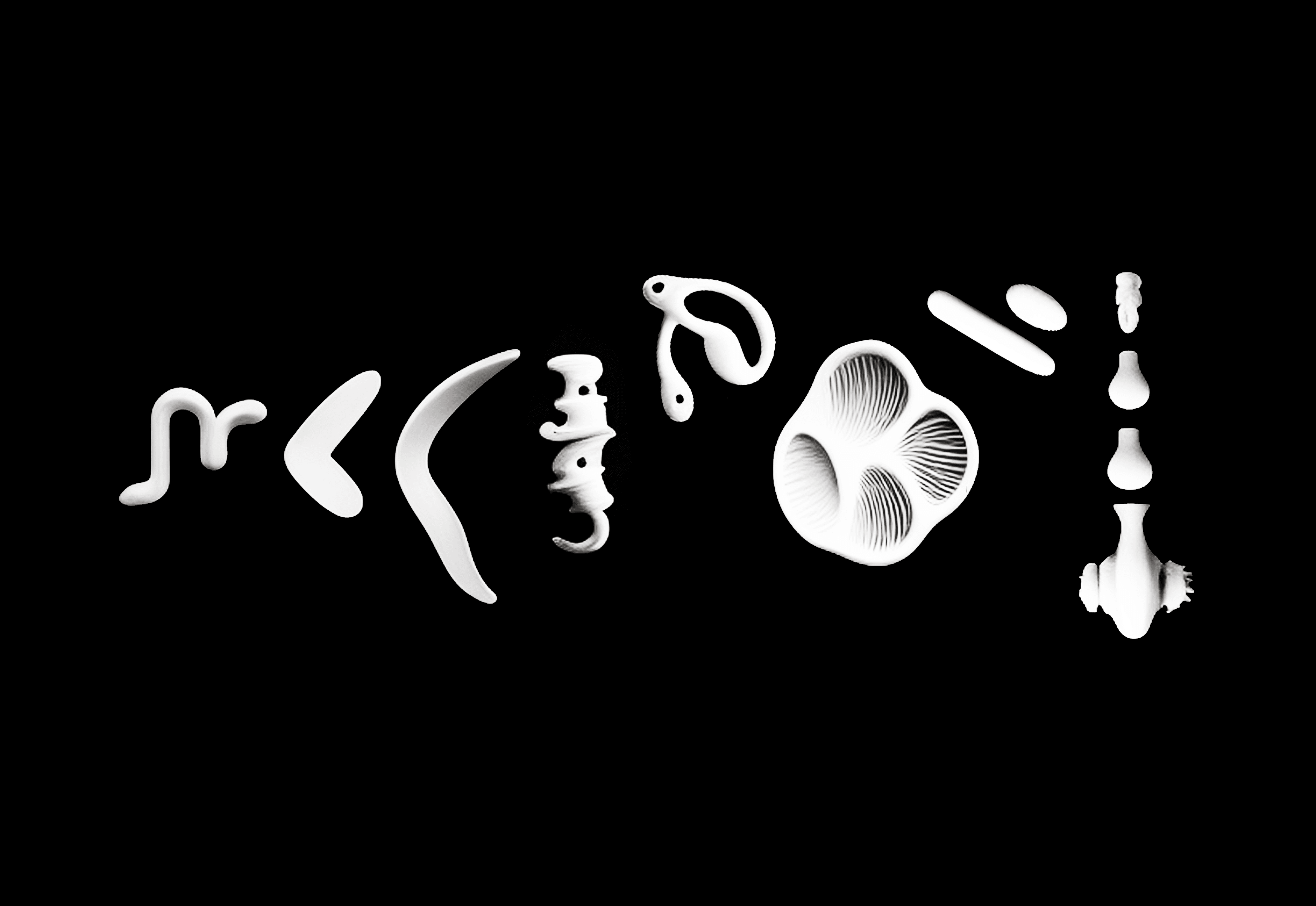 Motif 90.1
Motif 90.1
Deep beneath the pine forest of Olkiluoto island, Finland, construction teams are preparing for time travel. This industrial ceremony is recent, a new practice necessitated by a burgeoning global appetite for nuclear power, weapons, and research. Carving systems of tunnels and chambers into the granite bedrock, they are readying to entomb corrosion-resistant copper canisters, hoping to send them undisturbed into a future 100,000 years away.
This internment was designed by international teams of diverse disciplines, assembled initially in 01983. The specifics shift between locations, salt, granite, and claystone—but the intention is consistent in each of the subterranean sites of earth's Deep Geologic Depositories (DGD). To shield the planetary life from the horrors of radioactive exposure by sealing nuclear detritus deep in the dark vaults of the planet. It is a process that hopes to join the slow clock of geologic time. Beneath the surface crust and clay is a clock too slow to hear ticking. Placing things beneath the ground contextualises life in the vast undulating arcs of change that ripple the earth's deepest mantles and pool in the dark cheeks of subterranean aquifers. A tectonic timepiece measures minutes in continental rifts and seconds in ice ages. Our shared histories rise from these subaqueous stratigraphic ranges: the polished hearts of petrified forests, the curve and tangle of trilobites and crinoids from ancient ocean floors, the long-toed mud prints of Diprotodos, and all those in between, whose jumbled bodies lodge in the strata between species.
22025: Motif 90.1 [key words: unseen, armature, process, birth] Proposed translation: The fable begins in the dark; it isn't the only story like this, with bodies sliding molten from the nascent offerings of the underground. We have had clavicles of clay, patellas of sedimentary sandstone, and teeth of granite. That's what we are doing now, preparing to rupture the crust, dreaming of emergence, lying here, our limbs almost touching in the dark.
The safe disposal of nuclear waste demands working at these planetary timescales. Radioactivity is a process of perpetuity, and once initiated, it cannot be stopped. When the fury of fission produced by splitting Uranium atoms passes, and the fuel is spent, radioactive isotopes continue to emit dangerous particles as long as they decay. The period measured for half of the danger to wear away is the half-life, and the half-life of these isotopes is between 10,000 and one million years. The enfolding of earth through geologic events has enabled people in the present to uncover Terran histories that can reach a million years into the past—the hope is that a process of burial might allow a journey of the same length into the future. 50,000 generations into whatever lies ahead.
But burial is not benign; it is a relational practice. To embed things of import, those to be cherished or concealed, in the earth is to commit them to the care of others. To have its significance transposed by the multi-scalar networks of the subterrestrial commons, passed along filamentous fungal webs, and crossing microbial tongues to be reshaped into the stems like poems of vegetal desire. The stories of the subterranean and its de/recomposition is a performance of mutualism, of mediation. In every cavern, a hotbed of microorganismal seduction, teasing carbon from surface after surface to plump the soil, to compost the present and seed futures. No burial is permeant. Soil longs to be turned. No area on earth basks in enduring stillness, and even the seeming certainty of a mountain vibrates with a seismic song that slowly sings them towards cities and seas.
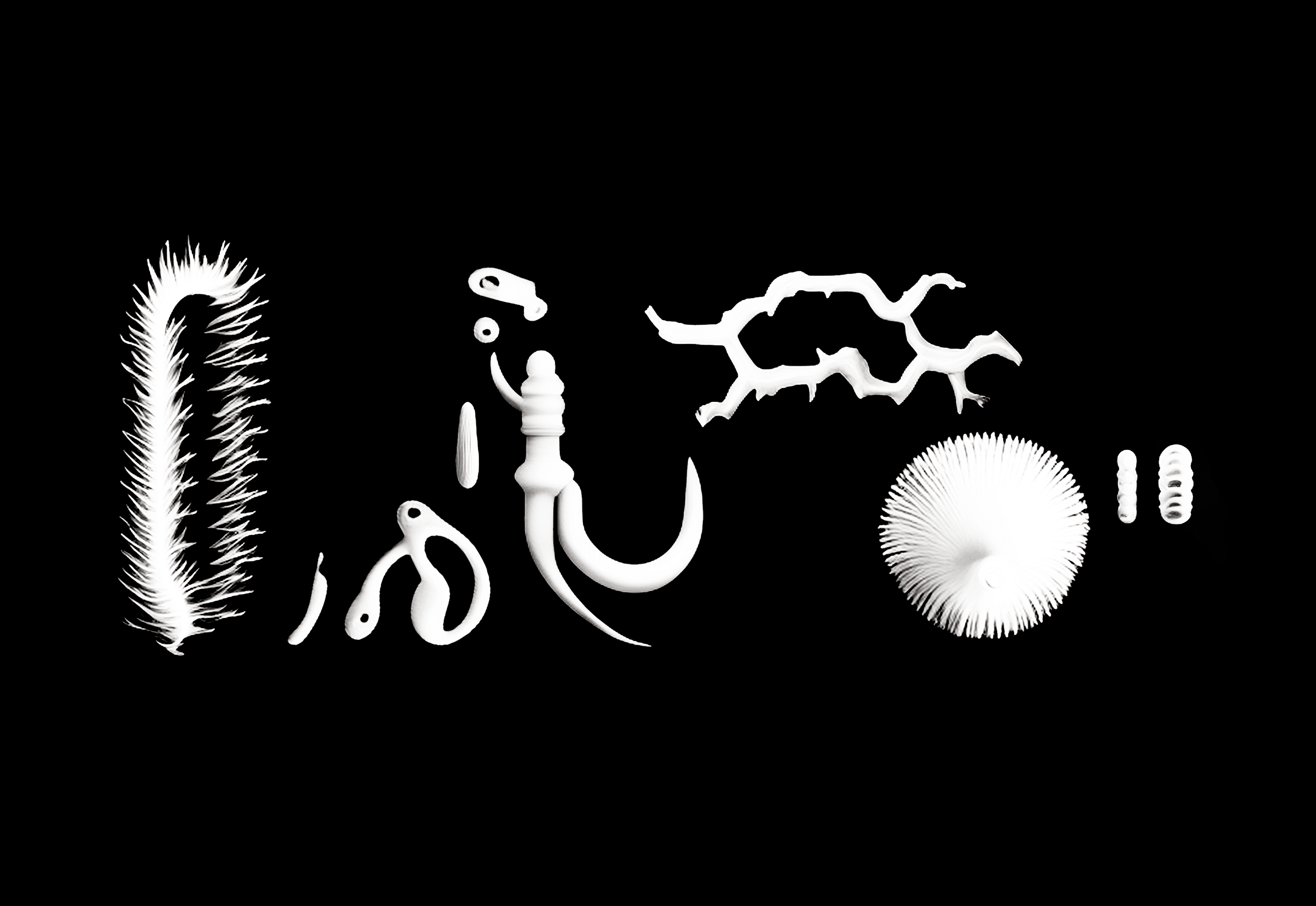 Motif 90.2
Motif 90.2
The first DGD will be sealed in 02035. As the radioactive ceremonies progress towards distant time horizons, cross-disciplinary teams in the present are attempting to vision those futures, who might be there, and how best to speak with them. The linguists, engineers, scientists, science fiction writers, anthropologists, and futurists conjure scenarios, perform semiotic experiments and attempt to break the bounds of language. They are trying to devise a system of unbroken, perpetual communication. An effort to protect living organisms from the potent ghosts long enough to render their catastrophic effect benign. The hope is to send a warning comprehensible to any life form from any temporality that might discover the DGD sites. Future peoples of unknown states or origins, who might encounter the nuclear tombs, mistake their vaults as places of extraordinary value instead of death and make the catastrophic error of attempting to recover what has been buried below.
22025: Motif 90.2 [key words: descent, value, depth, certainty] Proposed translation: We have always agreed on burial. We conceal that which we love below us. We are constantly rehearsing the final fall, the moment the ground becomes a temporary threshold, not a destination. We slip off the edge of sleep and plummet before gasping awake.
They are attempting to design warning systems with centuries as syllables. A million years is a long time for a message to preserve its portent. 100,000 years reaches beyond most earthly culture and towards the slow speech of the material world. The cosmic sentences that take eons to shape through the birth of stars and the drift of continents. Stones offer the slowest poems, written in syllables that stretch the 2.7 billion years ... Morphic sonnets that alter themselves for each eon. Multitemporal Subterranean tongues—that speak both with the brevity of breath and the aching epochs of ancient aquifers, bellies ringing with the echoes of earth shook ruptures, quakes and tectonic temperament.
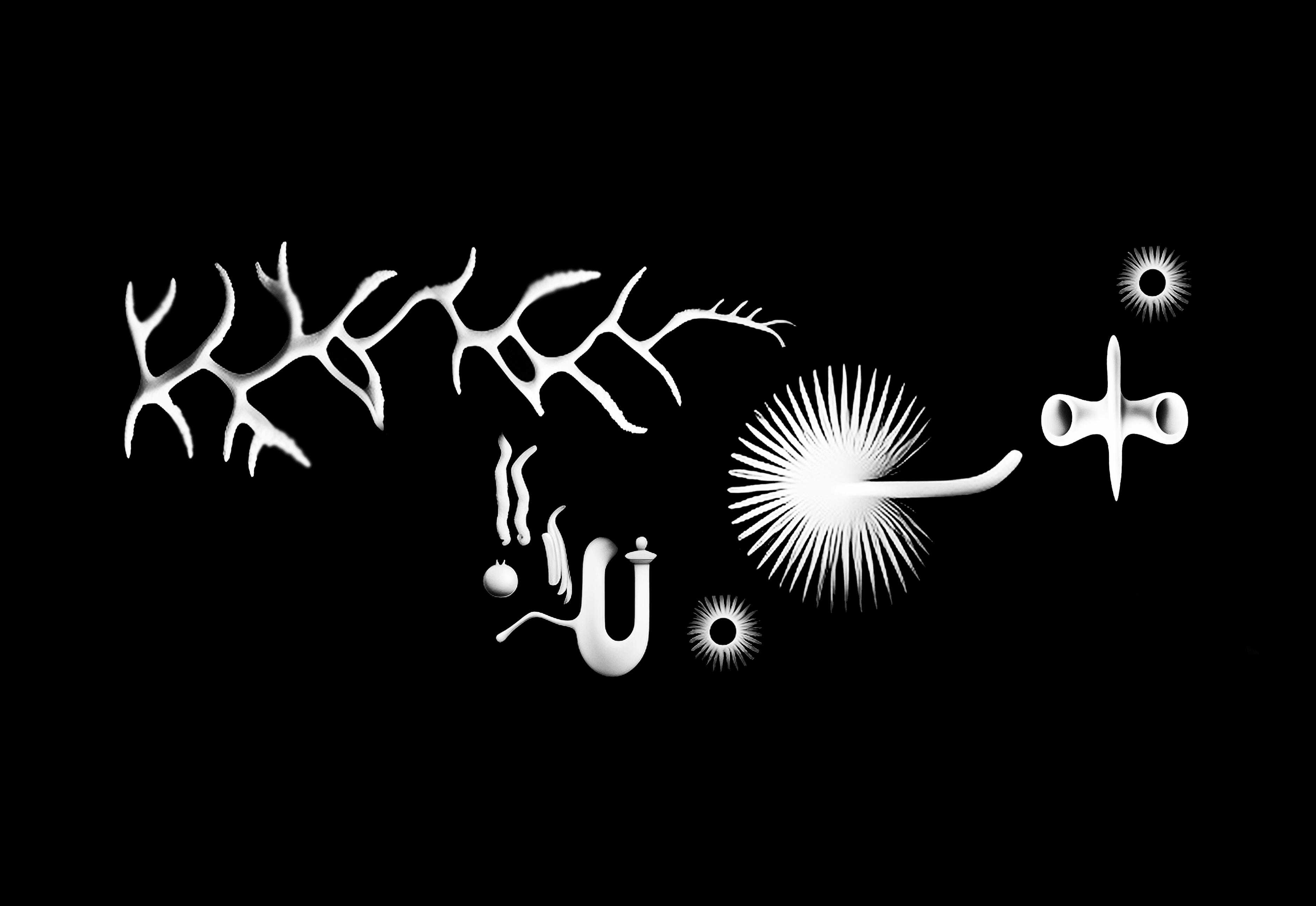 Motif 90.3
Motif 90.3
Though living cultures can thread meaning across centuries, the articulation of risk at the DGD sites is intended to prevail potentially beyond the length of our species, and it is challenging to compose communication that can withstand the absence of their authors. Semiotics, the way signs are made and interpreted, shift even more swiftly than civilisations. Meaning is a relational matter, made in the fleshy convergence of encounters and shared understanding. It is perpetual in its mutations, morphic, malleable, and prone to rot as quickly as it rises. Burial makes too much opaque—retaining only records of the armature of life and nothing of its flesh. The ecstatic joy and grief of the mundane matter of life lived in moments, interactions, and encounters haunting the perimeters of retainable records. The rise of the red sedimentary rock and the cloud-scraped escarpment in the distance, gesture to the force of ancient oceans towering above the newer shore. But a lithic echo says nothing of plankton or whale, or the salt-swell howl of a storm clamoring in from the sea. The shell lodged in the sand records nothing of the mollusc who made it. Archaeologists and anthropologists argue over the spongy stories that fell away with the flesh of a skulls found sans teeth, or with bones malformed and repaired. Whether these splints and fissures are records of community care, or an evolutionary resilience, is impossible to read without the long-decomposed context. The artifacts of meaning are soft spectres and fading traces. The substance of life is fleeting, and neither desire nor dusks make for good fossils.
22025: Motif 90.3 [key words: time, community, labour, transformation] Proposed translation: Our limbs find entombment familiar; the surrender to shadows, the cupping palms of earth lipped around our tightest curves and creases. The pleasure of this atrophy might be embarrassing in other circumstances, the willingness to decay, as though we held no love for our earlier forms. As though remediation were a retirement gift, a gathering of small mites and microbes circling our bones, the soft archives of our tissue, celebrating its hard work through a ceremonial redistribution.
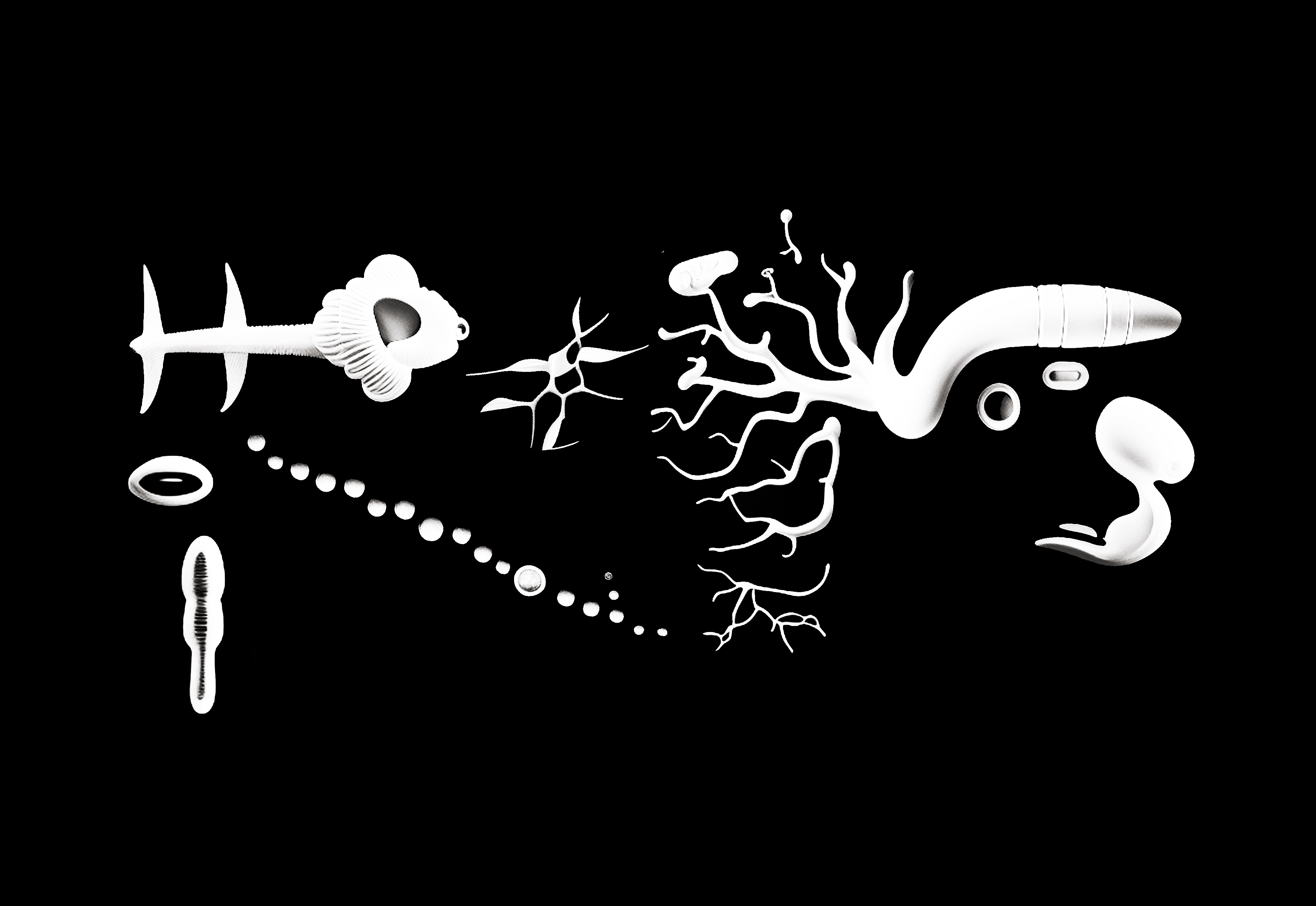 Motif 90.4
Motif 90.4
With the knowledge that language is remade even in the more manageable valleys between generations, the DGD sites will attempt to leave materials that might offer meaning across centuries or millennia and will communicate something of their warning without cultural context. Knowing that time may well transpose what appears are clear alerts into strange invitations. They are experimenting with angle and shape, symbol, colour, and proximity, attempting to fashion architecture that will feel foreboding to any lifeform, scale, or species. In the DGD of New Mexico, the salt shafts are topped with kilometres of concrete pillars, megaliths, and layers of vast walled enclosures containing scriptures, carved into the walls. The languages included are the six official dialects of the UN and Navajo, with room left to allow the addition of future dialects. Language is a relational prayer, a joint exercise in expression shared by bodies entwined in the intimacy of shared presence. Through the histories of human articulation, the marks and melodies that convey significance arose to mimic the myriad voices of the material world. Thrumming from the overspill of waterfalls and trilling in between the notes of birdsong, human dialogues are not recorded without the effort of mineral or vegetal page and cannot be spoken without the aid of the wind.
22025: Motif 90.4 [key words: cycle/return, entanglement, future] Proposed translation:
They say the world retreats and retreats and retreats when it truly falls away and returns. Like the globe obits within a lopsided sea, the salt waves ever present, just out of sight. Like spinning a spiral shell, the cosmos exhales, expands, secretes the past to shape distant horizons, and waits and waits for us to turn, to twist ourselves back into what lingers there, ever present, just out of sight.
The human language of this essay offers little of the material world that first informed it. Its letters, sounds, and grammar betray the entanglement of its subject matter and composer. It is easy to imagine these things as separate, the articulations of the human, as opposed to the other lithic, aquatic, atmospheric, or microbial mouths which whisper their way through the shapes, textures, sounds, and scents of every earth-bound history. When translation eventually commences on the scripts of the nuclear tomb, what language will the most recent messages be written in? What marks will come to fill the spaces left empty in the present day of 02023? Perhaps a script that whispers from the walls in multitudinous voices, sounding the lifeways of a planetary coalition, both human and otherwise, ancient, and new. A form more adequately suited to capturing the ephemeral mesh of living-symbols that articulate a person as an associate, or an aspect of pollen or petal. In a million years, uncovering the etchings in the burial sites, what will be conveyed of what earthlings made, measured, mourned, and were moved by? These poetics might even make visible some of the hope that got sealed into chambers below, alongside its dangerous debris. But possibly, the tongues of time will recast the messages into something much harder to read, transposing and transporting the buried shafts of the DGD’s via rainfall and sandstorm, volcanic fits, and glaciers carving the faces of deserts yet-to-be-born until there is no more to read than fragments of concrete inhumed in seams of clay and granite. Only an echo of a world long swallowed, reverberating through the imperceptible hum of radionuclides decomposing deep in the shadows of the undulating earth.
22025: Extracts are taken from internal documents provided by the Echelon stream of the Spatio-temporal Cosmocoagulate Mineral Recycling Endeavour (E-SCMRE). They are representative of the ongoing effort to decipher the ancient glyphs encountered at three sites across location 17.7, –28.6, +6.2 (Earth, Solar System, Orion Arm, Milky Way, Virgo Supercluster, Laniakea Supercluster, Universe -1.) The translation proposals depicted here are intended as demonstrative, as the intention of the communications, and the artefacts found along with them, are still primarily disputed.


